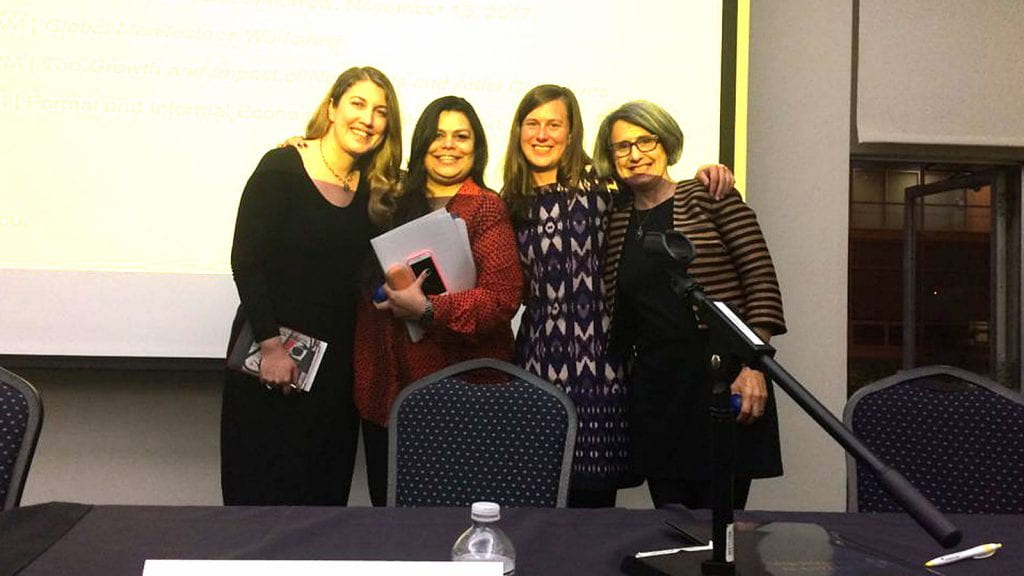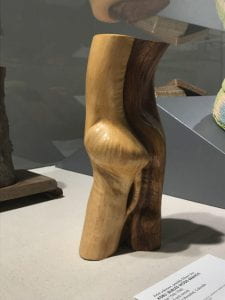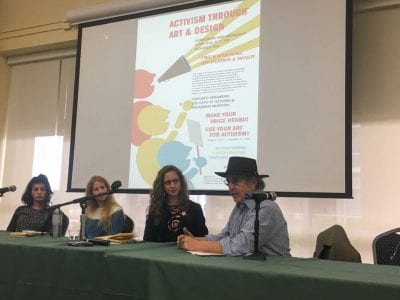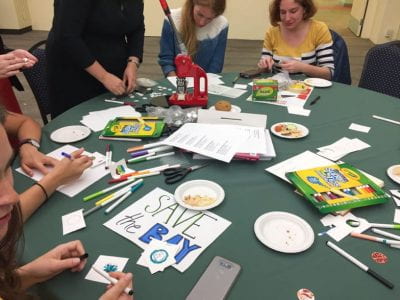
The day I started writing this essay, two students were killed in yet another high school shooting in the United States. This time it was in New Mexico. The day I came back to revise, a policeman had shot and killed a 6-year old boy in San Antonio. Today, as I go back over this a third time, there was a school shooting in Kentucky. Two students were killed; 18 injured. Every day I have returned to work on this piece, there has been a shooting in this country—two were school shootings. I will type that again: Every day I have returned to work on this piece, there has been a shooting in this country—two were school shootings.
On Monday, December 5, 2017, the nation paid remembrance to the Sandy Hook school shooting, a massacre of 26 people, including 20 elementary school children, which happened five years ago. That same day, a book I’ve been working on for close to two years was published to commemorate and honor those who survived.
And those who did not.
That book, Bullets into Bells: Poets & Citizens Respond to Gun Violence, is an attempt to address what public health experts are calling an epidemic in contemporary America. Bullets into Bells pairs 50 poems by a range of American poets with responses from survivors of shootings, community leaders, and activists in the anti-gun violence movement. For example, Nobel Peace Prize recipient Jody Williams responds to “Dancing,” an incredible poem by former U.S. Poet Laureate Robert Hass, that traces the history of ammunition, beginning with Prometheus stealing fire and ending with an indictment of colonial violence and the American propensity for mass killing, most recently at the Pulse Night Club:
They were dancing in Orlando, in a club. Spring night.
Gay Pride. The relation of the total casualties to the history
Of the weapon that sent exploded metal into their bodies—
30 rounds a minute, or 40, is a beautifully made instrument,
And in America you can buy it anywhere—and into the history
Of the shaming culture that produced the idea of Gay Pride—
They were mostly young men, they were dancing in a club,
A spring night. The radio clicks on. Green fire. Blue fire.
About this poem, Williams writes, “I love the myth of Prometheus stealing fire—stealing some of the god Zeus’s power—for the benefit of humans. I’d like to rewrite it for our times. In my version, Prometheus would steal gunpowder, nuclear weapons, and the makings of killer robots and bury them deep in a cave on Mt. Olympus. To save human beings from ourselves.”
In another heartbreaking collaboration, Samira Rice, Tamir Rice’s mother, responds to Reginald Dwayne Betts’ unforgettable poem, “When I Think of Tamir Rice While Driving.” Betts’ poem begins:
My two young sons play
in the backseat while the video of Tamir dying
plays in my head, & for everything I do know, the thing
I don’t say is that this should not be the brick and mortar
of poetry.
Samaria Rice, Tamir’s mother, begins with a heartbreaking confession:
“When I think of Tamir as his mother, the woman who gave birth to him, I wonder why my son had to lose his life in such a horrific way in this great place we call America.” Toward the end of her response, she directs her anger, appropriately trenchant, at larger forces that continue to threaten the marginalized and disenfranchised: “Injustice in this country is pitiful and pathetic. The injustice starts with economics, education, and politicians.”
Samaria Rice’s voice joins a chorus of others – the Emergency Room doctor on call during and after the Sandy Hook shooting; DeAndra Yates, the mother of thirteen-year old Dre Yates, who was killed by a stray bullet fired from outside the birthday party he was attending; Shannon Watts, founder of Moms Demand Action Against Gun Violence, and Abbey Clements, the second-grade teacher at Sandy Hook who saved two children. Their words and those of some of America’s most celebrated poets—like former U.S. Poet Laureates Natasha Trethewey, Billy Collins, Juan Felipe Herrera, and Rita Dove—create a chorus that evokes both elegy and action.
None of us involved with the book know if it can have any short or long-term impact in regard to gun violence in the U.S. In truth, probably very little. But, Connecticut Congresswoman Rosa DeLauro read Abbey Clements’ statement from Bullets into Bells on the floor of the U.S. House of Representatives. The book has received a great deal of attention from the mainstream press, including features in The Washington Post, The Boston Globe, and PBS. So, people are listening. People are reading.
But, are people changing? Are ideas galvanizing? I am not an optimist, but I am not a pessimist either. Somewhere between those poles is a belief that the right series of actions can’t, forever, do nothing.
The West Coast launch of Bullets into Bells will take place on February 22, 2018 at the Mechanics Institute Library in San Francisco. It will feature poets Robert Hass, Brenda Hillman, Jane Hirschfield, and editors Alexandra Teague and Dean Rader. Respondents include Rev. Michael McBride, Catherine Stefani from Moms Demand Action, and George Garvis, Executive Director Communities United for Restorative Youth Justice.












